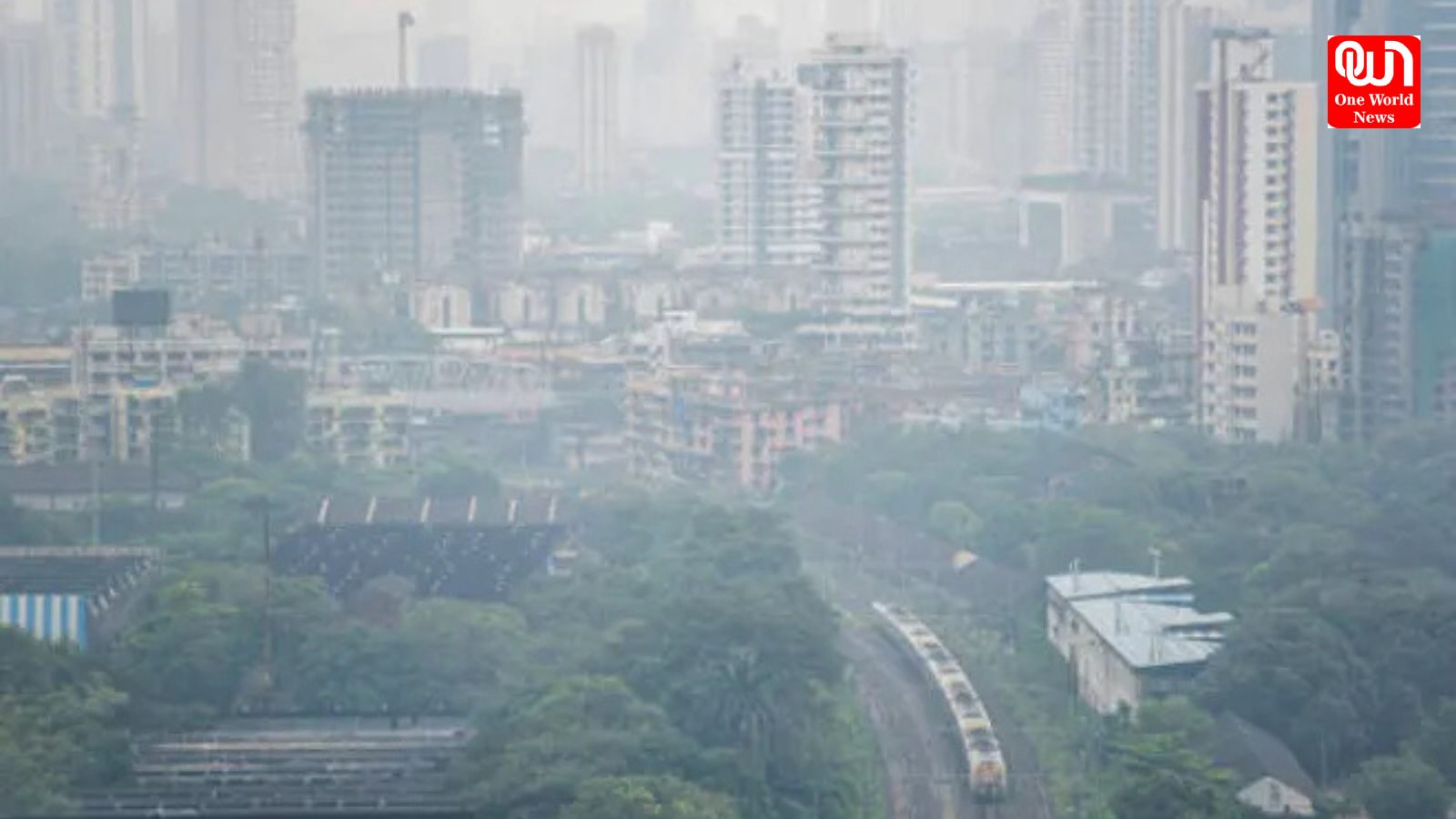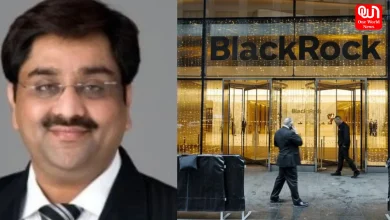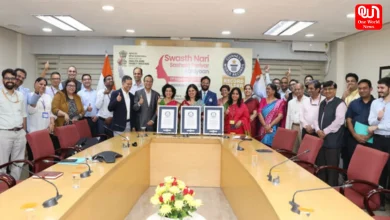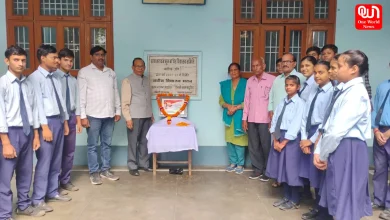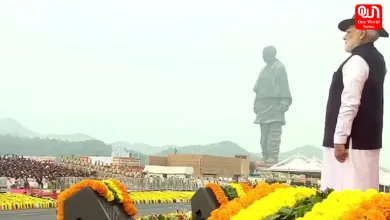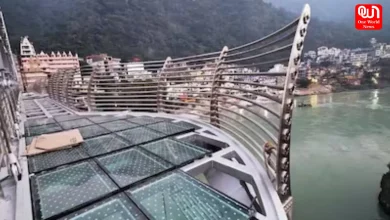Urgent Action Needed as Air Pollution Worsens in Navi Mumbai, Thane, Badlapur, and Ulhasnagar
Air pollution levels are rising alarmingly in Navi Mumbai, Thane, Badlapur, and Ulhasnagar, demanding immediate intervention for better air quality.
Air Pollution Crisis Deepens in Navi Mumbai, Thane, Badlapur, and Ulhasnagar: Urgent Action Required for Improved Air Quality

The air pollution crisis in the Mumbai Metropolitan Region (MMR) only seems to worsen as the latest district-wise data indicate shocking levels of air pollution here. As per the latest report from Respirer Living Sciences, while cities like Mumbai, Pune, and Nagpur seem to record improvement, many are still beset by major issues of pollution.
Read more: Big Boost – India launches 4th nuclear-missile submarine!
Ten of the 19 non-attainment cities of Maharashtra have been continuously rising in PM 2.5 data collected between 2019 and 2024, through the AtlasAQ Platform. Despite NCAP initiatives, ten out of the 19 non-attainment cities in the state of Maharashtra have an increasing level of PM 2.5 pollution. NCAP targets a reduction in particulate pollution by up to 40 per cent by 2025-26 from a base year of 2019-20. It is the first performance-related funding for the improvement of air quality in India.
The analysis for 19 locations covering major urban centers reflects mixed progress in the NCAP framework to address air pollution. In this regard, cities like Navi Mumbai, Aurangabad, and Jalna are seen to have consistently overshot the safety limits of air quality. The level of PM 2.5, in particular, was a cause for concern at 61.80 µg/m³ in 2023 by Navi Mumbai-a clear overload beyond the National Ambient Air Quality Standards of 40 µg/m³ and the stringent guideline of 5 µg/m³ from WHO.
Cities like Badlapur, Ulhasnagar and others, along with Thane, are showing PM 2.5 levels that stay much higher than acceptable benchmarks. As per the report, the unrelenting battle in these cities even after the efforts to bring particulate matter by 20-30% under NCAP means industrial emissions, vehicular pollution, and rapid urbanization have ganged up against the real solutions of pollution control for the state.
On the brighter side, Mumbai and Nagpur have done well on the air quality front. The PM 2.5 levels in Mumbai have declined by leaps and bounds, from 49.75 µg/m³ in 2023 to 28.82 µg/m³ in 2024. Similarly, the same has happened with Nagpur’s level, which went down from 51.35 µg/m³ in 2023 to 40.53 µg/m³ in 2024. All these positives indicate that the focused control of pollution through better traffic management, stringent control on industry, and greater public awareness is indeed starting to show effects.
read more: Mumbai’s top Gymkhana club removes Jemimah Rodrigues Membership – Know why ?
The same number: Ronak Sutaria, founder, and CEO of Respirer Living Sciences said, “Cities in Maharashtra are at a crossroads. While there has been slight improvement, the data reveals that efforts in reducing pollution need to be scaled significantly if we are to meet the revised targets set forth by NCAP for 2026.”
According to an article published in The Hindu, “Professor SN Tripathi, an expert member on the NCAP, speaks to IANS from his base at the Kotak School of Sustainability, IIT Kanpur, and points out how the situation is urgent. Speaking on the disappointment that nothing much has been implemented, he said, “It’s disappointing that despite the resources being available under NCAP and XV Finance Commission, cities of Maharashtra haven’t been able to implement complex systems of air quality management or just-in-time interventions. With only two years in hand, it is very important that these measures be deployed so that residents can have an easier breath.”
Conclusion Based on the general trend from available data regarding the performance of cities in Maharashtra, while there is an improvement in the air quality in some cities, the overall scenario is critical, especially in Navi Mumbai, Thane, Badlapur, and Ulhasnagar. The data points call for urgent and more stringent measures of pollution control for cleanest possible air with respect to obtaining the targets given in the National Clean Air Programme. The time to act is now—before the air quality crisis deepens further.
We’re now on WhatsApp. Click to join.
Like this post?
Register at One World News to never miss out on videos, celeb interviews, and best reads.

